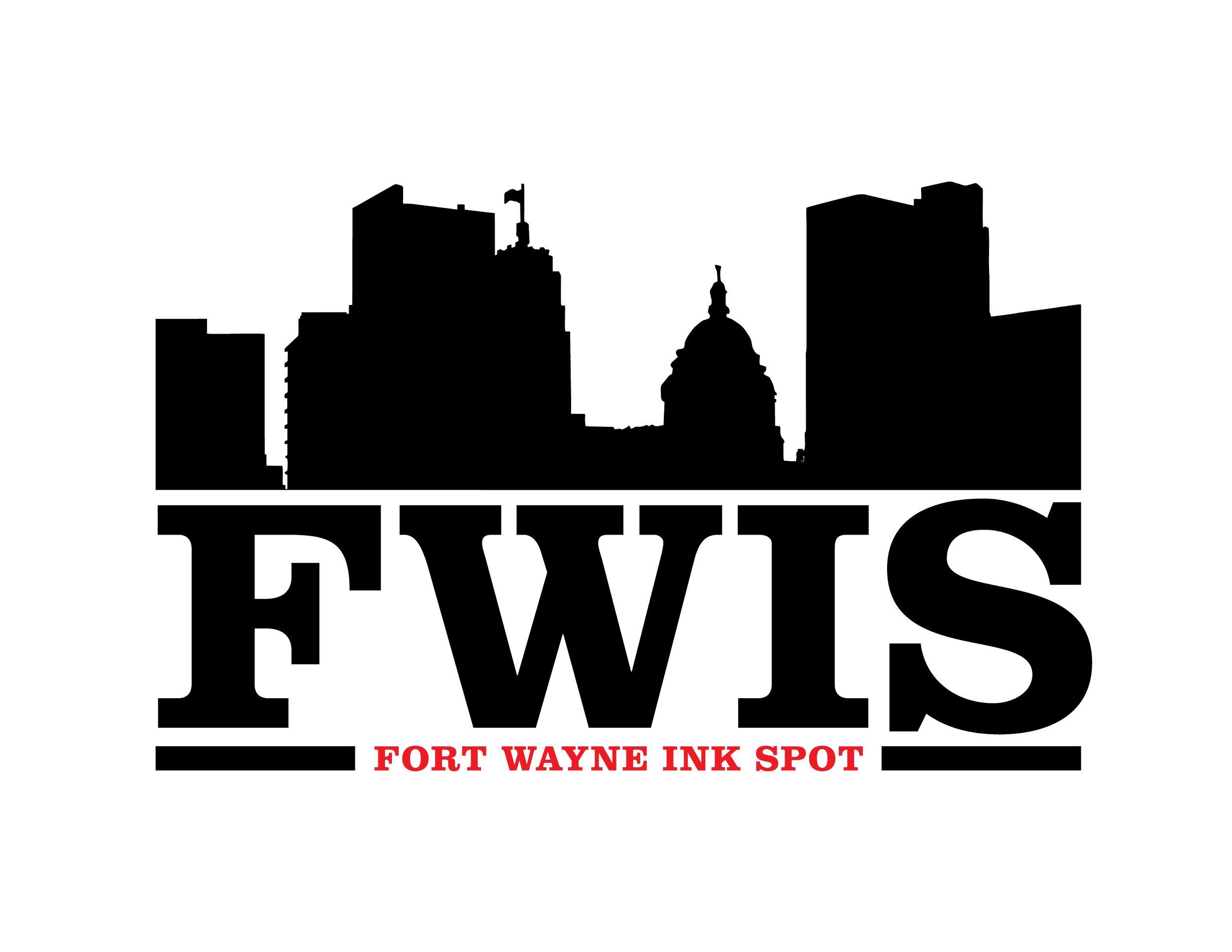In Touch With Thanksgiving Day

By Betty Miller Buttram
FWIS Contributing Writer
As we prepare for the celebration of Thanksgiving Day, let us reflect on the beginning of this holiday. Current historians have evaluated the impact of the truth and the myths behind that first Thanksgiving that has become a holiday staple in our society.
We were taught the story about that first Thanksgiving from the school lessons during our early childhood education; how the Pilgrims and the Native Americans came together and sat down and enjoyed a grateful meal in a friendly and peaceful environment. According to some current historians, part of that was the truth and part of that was myth.
The Pilgrims were deeply religious and followed all the moral and ethical codes of their religion. Their ship, the Mayflower, brought them to the shore of Plymouth, Massachusetts where they settled in and claimed the land as their own although the Native Americans, the Wampanoag Tribe, had lived on the land long before their arrival. There are historical records that show there was a meeting between the Pilgrims and the Wampanoag Tribe at the time of this first Thanksgiving; but the Native Americans were not honored guests; they likely weren’t even invited.
The Pilgrims celebrated something like a harvest festival that was a mixture of religious, pagan, and practical traditions dating back to centuries. This was a three-day celebration centered around prayers and giving thanks to God’s bounty. They also had bonfires, singing, food, and gunshots that got the attention of the Wampanoag Tribe. Upon hearing the gunshots and screams from the Pilgrim Settlement, the Wampanoags assumed that they were under attack and sent 90 of their warriors to their aid. The Wampanoag Tribe had a diplomatic treaty of mutual defense with the Pilgrims so that is why they sent their warriors to the settlement.
During this three-day celebration, the Pilgrims and the Native Americans did share a meal together. The meal consisted of venison and wild fowl, which was probably duck, not turkey. They ate cranberries, vegetables, cornmeal, and pumpkin. There were no plates or eating utensils, fingers were used and wiped with a cloth and people ate what dish was close to them. The Pilgrims did not dress in black and white clothing, wear pointed hats and starched bonnets and favored buckles on their shoes as pictured many times in pictures showing that Thanksgiving Day. That is a myth. They dressed in black on Sunday and dressed in other colors during the week. The Native Americans were fully clothed because it was fall in New England on that day.
The traditional harvest celebration evolved throughout the 18th and 19th century where the feasting portion overtook prayer. By the early 1850’s the celebration of Thanksgiving had spread to 29 states.
Slaves took part on this day that they were allowed to celebrate. The house slaves prepared the meal for the family and guests and feasted afterwards on the “main house” leftovers. The field slaves would catch wild game while the women prepared cornmeal cakes. Even though the slaves had no control over their lives, it is good to surmise that they prayed together to God for better days to come.
Pumpkin Pie was a favorite of the “Yankees” as the southern states called it. The South considered the celebration of Thanksgiving a Northern holiday intended to force New England values on them. Pumpkin pie was a deviously sweet symbol of anti-slavery sentiment according to their logic. Pumpkin pie called for northern ingredients such as squash and molasses, so it became more associated with the North. Sweet potato pie was a favorite of the South and deeply tied to the slaves’ African culture. The sweet potato pie was reminiscent of the yams native to West Africa, and the sweet potato was embraced in place of yams and soon the enslaved population began eating roasted sweet potato for dessert, bread called sweet potato pound; pies shells were added later, and the potato pound became a sweet potato pie.
In 1863, President Abraham Lincoln declared Thanksgiving an official holiday to be celebrated on the last Thursday of November. In December 1941, President Franklin D. Roosevelt changed Thanksgiving Day to the fourth Thursday in November to avoid confusion in years where there is a fifth Thursday in November.
We do not go to church much on Thanksgiving Day like we do during Christmas and Easter. Thanksgiving Day has become a day of feasting, football games, Macy's Day Parade, and Black Friday shopping. The sweet potato pie, mac & cheese, and collard greens have come to mean home and family to many African Americans.
It is a thankful day. A day for family, friends, and full prayers and praise for God for watching over all HIS children. Let us count our blessings for all that God has done for us!
